How to Stay Warm While Skiing on the Slopes
Striking the perfect balance between cozy warmth and sleek performance, essential gear is your ticket to blissful days on the slopes. Let’s dive into the layers that matter.
Table of Contents
Choosing the Right Thermal Base Layers
Imagine a second skin that whispers warmth with every turn. Thermal base layers are the unsung heroes, with materials like merino wool and synthetic blends leading the charge. They’re not just warm; they’re a moisture-wicking marvel, keeping you dry and toasty.
Insulation Layers – Balancing Warmth and Breathability
Caught between the chill and your core, insulation layers are your personal climate control. Down or synthetic? It’s a tale of trade-offs, where down offers unparalleled warmth and synthetics boast breathability. Choose wisely, and you’ll have a layer that’s as adaptable as you are.
The Outer Shell – Your Defense Against the Elements
The outer shell is your armor against Mother Nature’s mood swings. Waterproof, windproof, yet remarkably breathable – it’s a trifecta that keeps the elements at bay while letting your body breathe. A good shell is like a trusty shield, ensuring nothing dampens your spirits.
Accessories – Gloves, Socks, and Hats
Don’t overlook the power of accessories. A pair of gloves that boast dexterity and warmth, socks that hug your feet in comfort, and hats that hold in heat like a warm embrace are indispensable allies against the cold. They’re the exclamation points to your gear’s statement!
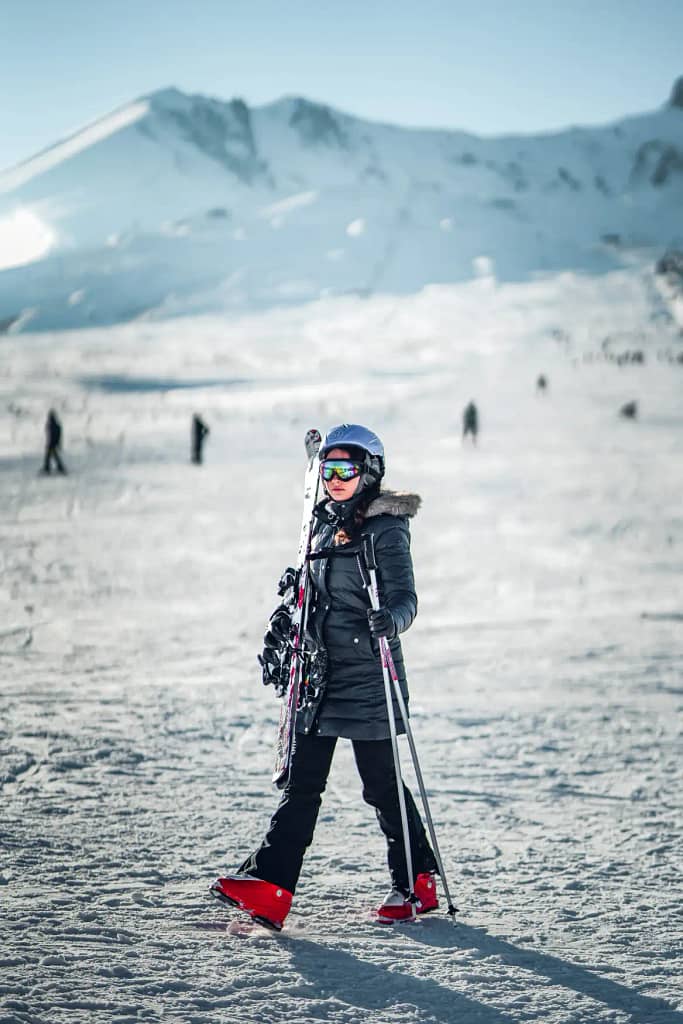
Nutritional Tips to Stay Warm While Skiing
When you’re carving down the slopes, your body is burning energy at an impressive rate. It’s not just about the gear you wear; what you put into your body can be just as crucial for staying toasty. Let’s dive into some nutritional strategies that will keep your internal furnace stoked and ready to combat the frosty embrace of the mountain.
Hydration: The Hidden Key to Keeping Warm
It might seem counterintuitive, but staying hydrated is your secret weapon against the cold. Your body functions best when it’s well-hydrated, including its ability to regulate heat. Dehydration makes you more susceptible to the cold and can even lead to hypothermia. So, how do you stay hydrated in the cold? Start your day with a warm drink, carry an insulated water bottle, and sip regularly. Remember, if you feel thirsty, you’re already on the back foot. Keep ahead of your body’s needs to maintain your warmth.
Warm Foods and Drinks to Fuel Your Body
Ever noticed how a hot meal can make you feel like you’ve been wrapped in a warm hug? That’s because warm foods and beverages can help raise your core temperature. Before you hit the slopes, fuel up with a hearty breakfast like oatmeal or eggs. They’re not just comforting—they’re packed with energy to keep you going.
While you’re out skiing, take breaks to enjoy a hot drink or snack. A flask of soup or a cup of hot cocoa doesn’t just warm your hands; it warms your spirit and body too. And let’s not forget about those energy bars—opt for ones with nuts and seeds for a quick, nutritious bite that’ll keep your energy levels high.
Physical Preparation for Cold Weather Skiing
Embarking on a skiing adventure without adequate physical preparation is like entering a snowstorm in shorts—ill-advised and uncomfortable. To ensure your body is a bastion of warmth on the slopes, let’s delve into some essential pre-skiing strategies that will keep your internal furnace burning.
Pre-Skiing Exercises to Boost Circulation
Before you even think about zipping up your ski jacket, consider this: your circulation is the unsung hero in your quest for warmth. Engage in dynamic stretches that target the legs, arms, and core to get your blood pumping. Think squats, lunges, and arm circles—not only do they prepare your muscles for the day’s exertions, but they also elevate your body temperature. A study by the Skiing Performance Association found that skiers who performed a 15-minute dynamic warm-up reported a 20% increase in thermal comfort during their initial runs.
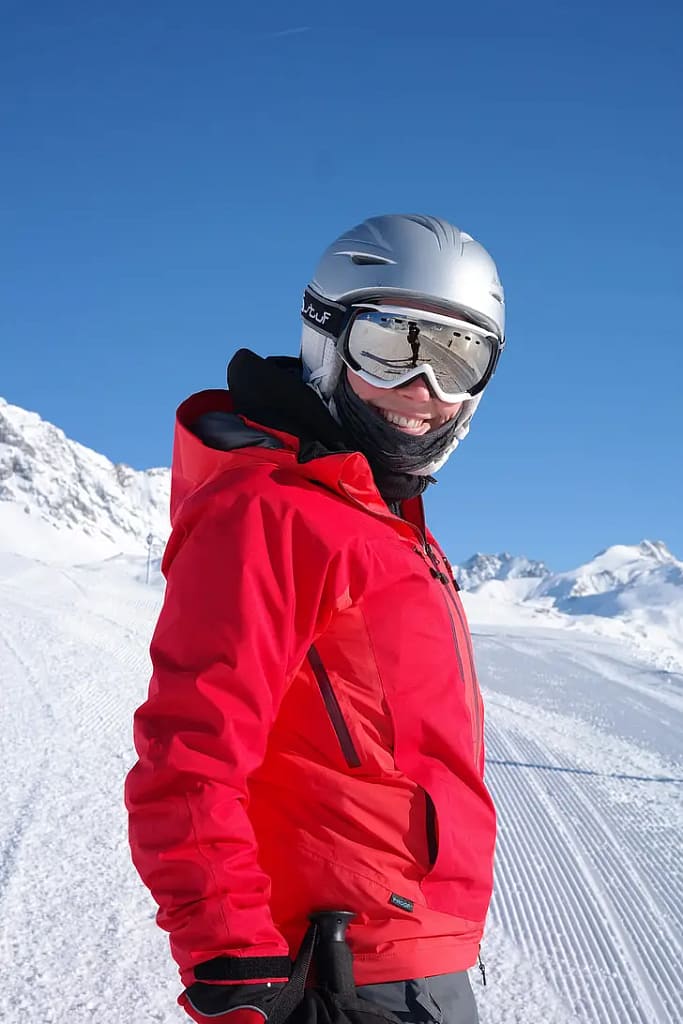
The Importance of Regular Breaks and Dynamic Movements
While the thrill of the descent might tempt you to push on without pause, regular breaks are crucial. They allow you to recalibrate your body’s temperature and reduce the risk of injury. During these intervals, stay active with dynamic movements to maintain heat—try high knees or a brisk walk around the lodge. Transitioning between rest and activity not only keeps you warm but also enhances your skiing performance. A graphical representation of a skier’s body temperature throughout the day shows a consistent warmth level when breaks are interspersed with active movements.
Advanced Clothing Technologies for Skiing Comfort
As you carve your way down the frosty mountain, remember that modern technology is your ally against the cold. The latest advancements in ski wear are not just about making a fashion statement; they’re about harnessing cutting-edge materials and designs to keep you snug as a bug in a rug. Let’s dive into the world of smart fabrics and heated apparel that are revolutionizing the way we stay warm on the slopes.
The Role of Smart Fabrics in Thermal Regulation
Imagine wearing clothes that respond to your body’s needs in real-time. Smart fabrics are not a thing of the future—they are here, and they’re changing the game. These ingenious materials can adapt to temperature fluctuations, keeping you warm when the mercury dips and cool when your body heats up. But how do they work? Through a combination of moisture-wicking properties and phase-change materials, these fabrics store body heat and release it back to you when you need it most.
Let’s break it down with a simple analogy: think of smart fabrics as your personal thermostat, constantly adjusting to ensure you’re at the optimal temperature. By maintaining a consistent body temperature, you can focus on the thrill of the ski run rather than the chill in the air.
Battery-Heated Clothing Options
For those frigid days when traditional layers just don’t cut it, battery-heated clothing steps in to provide that extra dose of warmth. From socks to gloves to jackets, these garments come equipped with thin heating elements powered by lightweight batteries. Worried about safety? Fear not, as these items are designed with low-voltage systems and built-in safety features to prevent overheating.
How to Choose the Right Ski Resort for Warmth and Comfort
Embarking on a ski vacation is not just about the adrenaline rush; it’s also about comfort and enjoyment. The right ski resort can make a world of difference in your overall experience, especially when it comes to staying toasty amidst the frosty landscapes. Let’s dive into the factors that can ensure you pick a destination that keeps you snug as a bug in a rug!
Understanding Climate and Weather Patterns of Ski Destinations
Did you know that the climate of a ski resort can impact your warmth and comfort? It’s essential to research the weather patterns of your potential destinations. Resorts at lower altitudes tend to be milder, while higher altitudes can have harsher conditions but offer better snow quality. Consider the average temperatures and wind chill factors. A handy tip is to check historical weather data, which can give you a glimpse into the expected conditions during your visit.
| Altitude (feet) | Average Temperature (°F) | Wind Chill Factor |
|---|---|---|
| 2,000 | 30 | Low |
| 5,000 | 25 | Moderate |
| 8,000+ | 15 | High |
Resort Facilities That Enhance Warmth and Comfort
It’s not just the slopes that matter, but also the resort facilities. A resort with well-heated lodges, hot tubs, and indoor activities can be a sanctuary from the cold. Look for resorts that offer heated ski boot storage, or those with fireplaces in communal areas where you can thaw out and relax. Moreover, some resorts feature on-mountain cabins and restaurants where you can take a break and warm up with a hot meal—a delightful respite from the chill!

Behavioral Strategies to Combat the Cold
When it comes to skiing, your behavior on the slopes can be just as crucial as the gear you wear. Adopting smart strategies not only enhances your warmth but also your safety. Let’s dive into some actionable tactics that can make a significant difference.
The Buddy System – Skiing in Pairs or Groups
Ever heard of the saying, “Two heads are better than one”? When skiing, this couldn’t be more accurate. Skiing with a buddy or in a group ensures that someone’s always got your back. If you’re feeling the chill, a friend can spot the signs of cold stress before it becomes serious. Plus, sharing the experience can also psychologically keep you warmer—it’s true, companionship can make you feel cozier!
Recognizing and Responding to Signs of Hypothermia and Frostbite
Staying warm is not just about comfort; it’s about safety. Hypothermia and frostbite are real risks on the slopes. Recognizing the early signs, such as persistent shivering, numbness, or a lack of coordination, can be life-saving. Here’s a quick table to help you identify and respond to these cold-weather hazards:
| Condition | Signs | Immediate Actions |
|---|---|---|
| Hypothermia | Shivering, confusion, slurred speech | Seek shelter, remove wet clothing, warm up gradually |
| Frostbite | White or grayish skin, numbness, hard skin | Protect the area, avoid walking on frostbitten feet, seek medical attention |
Remember, prevention is key. Stay dry, keep warm, and listen to your body. With these strategies in place, you’ll not only enjoy the thrills of skiing but also ensure you return to the lodge safe and sound.
FAQs: How to Stay Warm While Skiing
What are the most effective base layer materials for warmth?
The most effective base layer materials are those that provide excellent insulation while also managing moisture to keep your skin dry. Merino wool is a top choice for many skiers because it’s naturally insulating and wicks away moisture. Synthetic materials like polyester and polypropylene are also popular as they dry quickly and retain warmth even when wet. Avoid cotton as it tends to hold moisture and can make you feel colder.
How often should I take breaks to stay warm while skiing?
It’s important to listen to your body when you’re out in the cold. Taking breaks every 1-2 hours can help you stay warm and prevent fatigue. Use these breaks to go indoors, if possible, to warm up, have a hot drink, and check your gear. If you’re feeling particularly cold, don’t hesitate to take a break sooner. Regular movement is key, so keep those breaks short and sweet to maintain your body heat.
Can certain foods really help keep me warm on the slopes?
Yes, indeed! Foods that are high in complex carbohydrates and fats can help keep your body warm by providing a steady source of energy. Think whole-grain sandwiches, nuts, energy bars, and even a thermos with a warm stew or pasta. Hot drinks like tea or hot chocolate can also give you a quick warmth boost. Just remember to balance this with plenty of water to stay hydrated.
Are battery-heated clothing items safe to use while skiing?
Battery-heated clothing can be a game-changer for those extra chilly days on the slopes. They are generally safe to use, as long as you follow the manufacturer’s instructions. Make sure to purchase items from reputable brands, and always check the battery pack and wiring before use. Keep in mind that these should complement, not replace, your regular ski gear layers.
What are the signs of hypothermia I should watch out for?
Recognizing the signs of hypothermia early can be lifesaving. Look out for shivering, slurred speech, slow breathing, fatigue, and confusion. If you or your buddy exhibit any of these symptoms, it’s crucial to seek warmth and medical attention immediately. Always ski with a partner, and keep an eye on each other’s condition throughout the day.
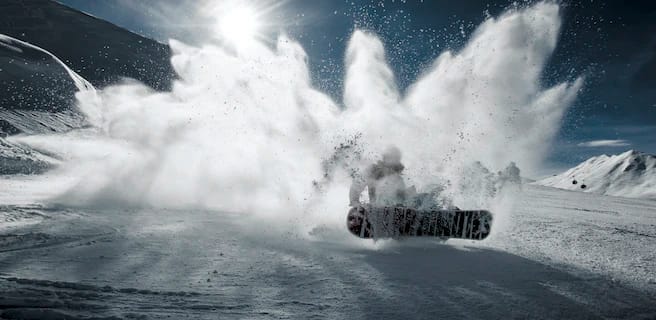
Which Challenges You More: Skiing vs. Snowboarding – Snow Rivalry Unveiled
Is skiing or snowboarding easier? Explore this in our guide comparing both, with expert insights and tips for beginners[…]
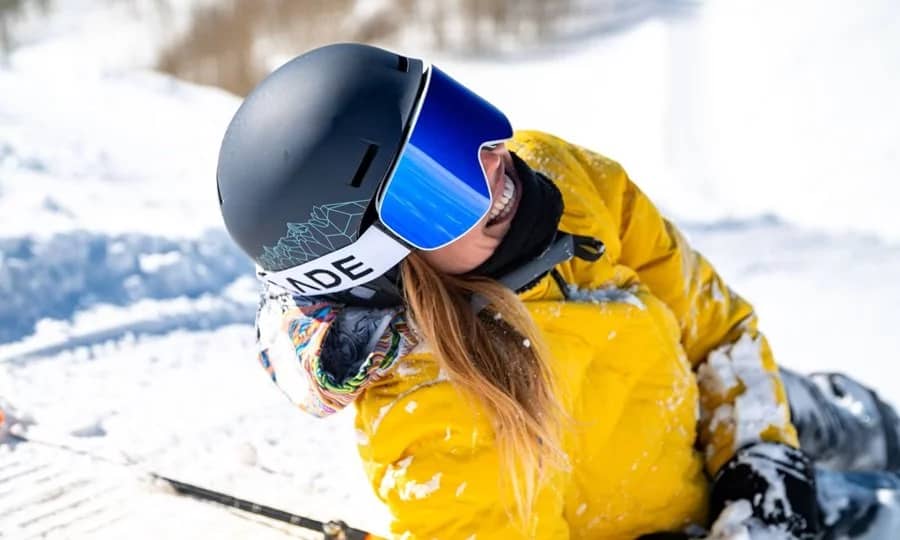
What to Wear Skiing First Time for Ultimate Comfort
Discover the essentials of what to wear skiing first time. Stay warm, dry, and safe with our comprehensive guide[…]
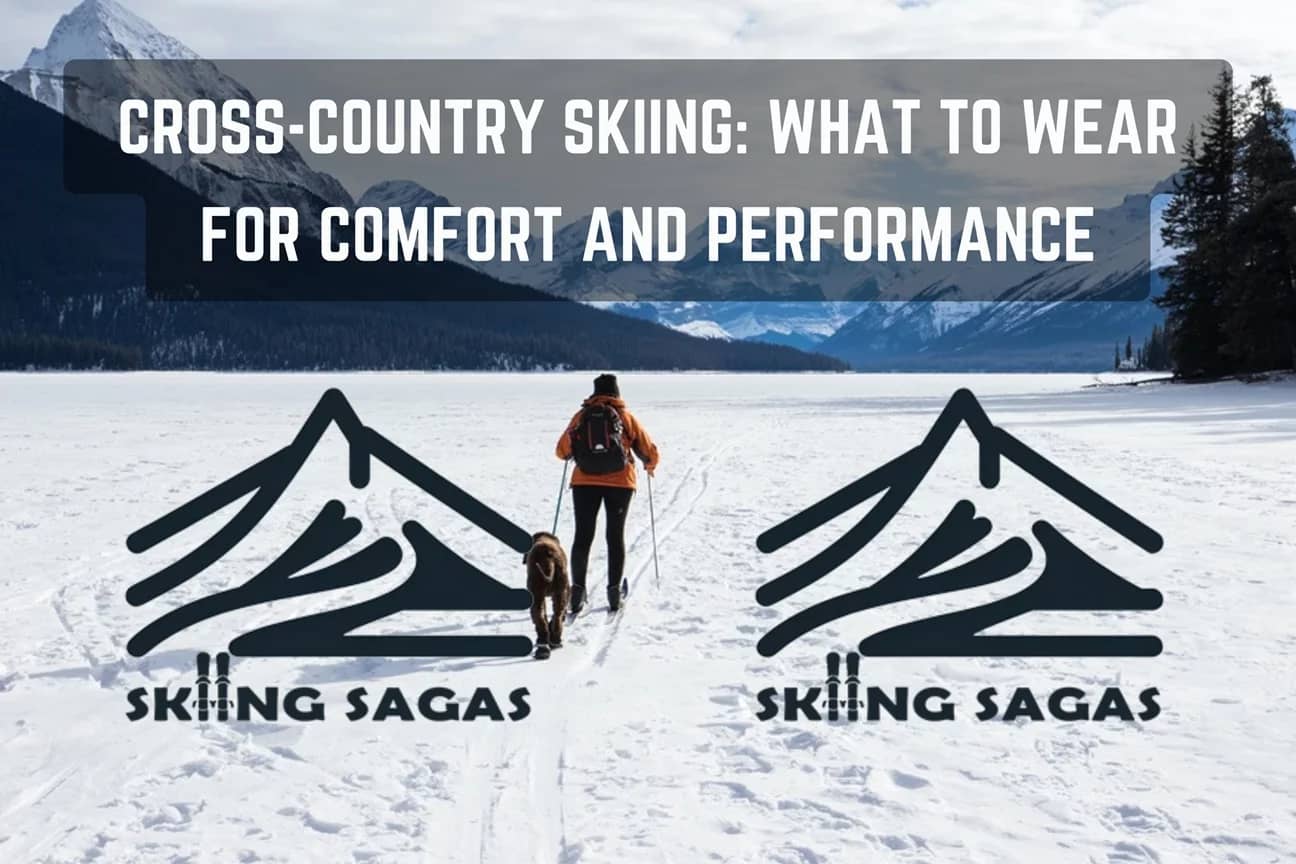
What to Wear Cross Country Skiing: Dress Right and Enjoy
Learn what to wear cross country skiing to stay warm and comfortable. Essential clothing tips for all levels of[…]
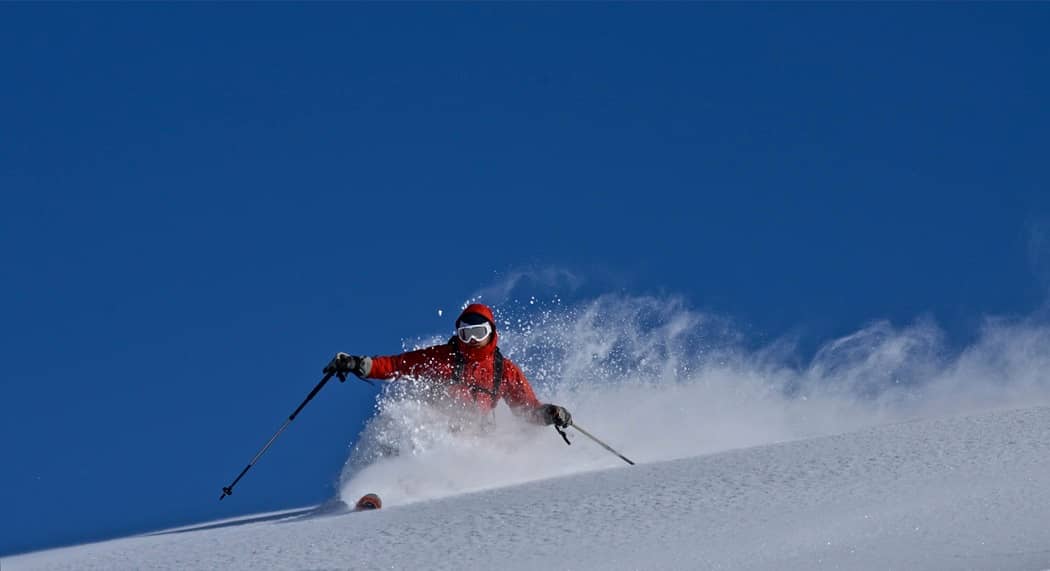
What is Telemark Skiing? Exploring the Thrills and Techniques of This Unique Winter Sport
Uncover what is Telemark skiing: a distinctive ski style combining Alpine grace with Nordic functionality for a challenging yet[…]
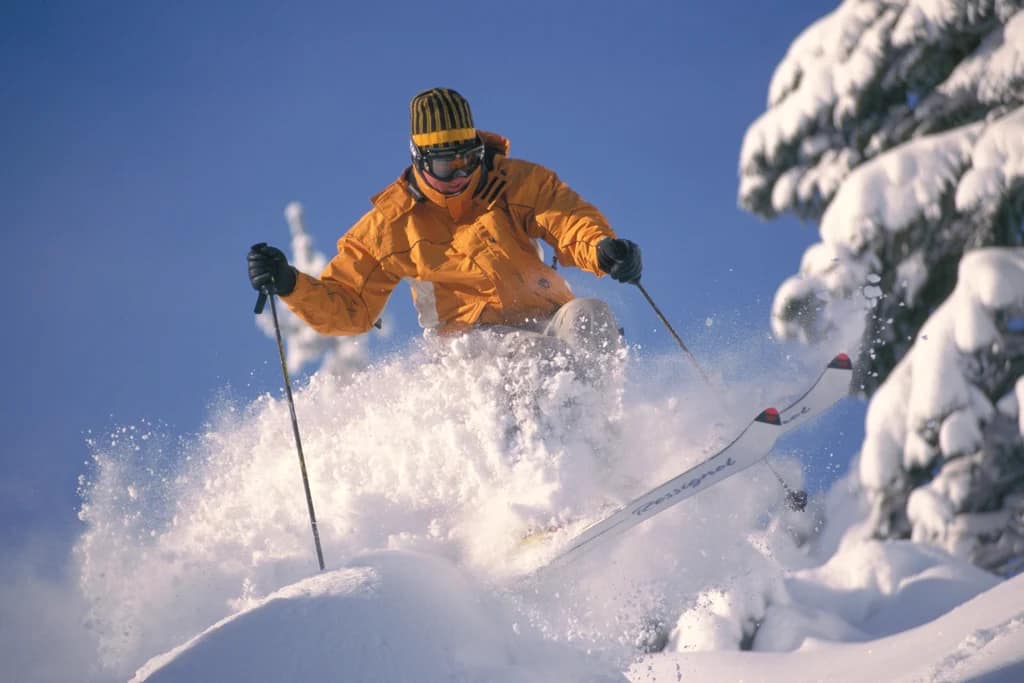
What is Off Piste Skiing: Adventure Beyond the Trails in 2024
What is Off Piste Skiing? Discover the exhilarating world of off-piste skiing. Learn essential tips, safety measures, and the[…]

What is Alpine Skiing: Thrills, Tips & Secrets Revealed
Discover the world of Alpine skiing! Dive into its history, essential gear, techniques, and why it captivates. Perfect guide[…]
Additional Resources
- Skiing Magazine – A great resource for all things skiing, including gear reviews and tips for staying warm.
- Outside Online – Offers a wealth of advice on outdoor sports, including expert tips on how to dress for cold weather activities.
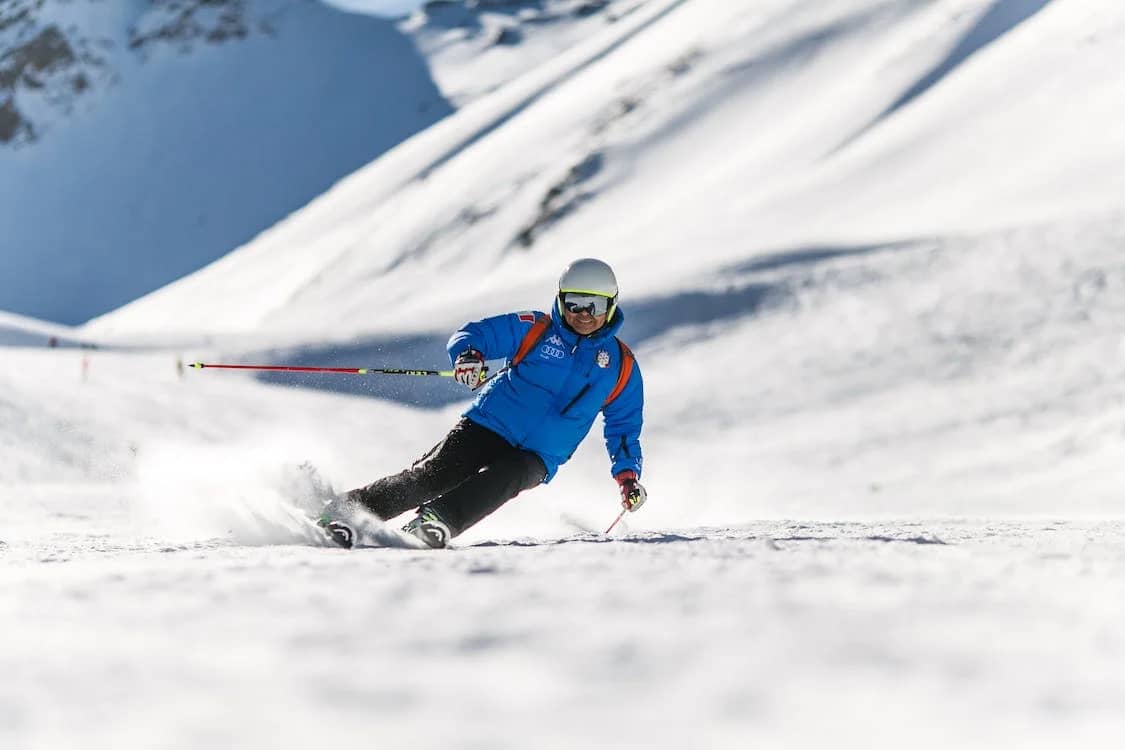




No responses yet